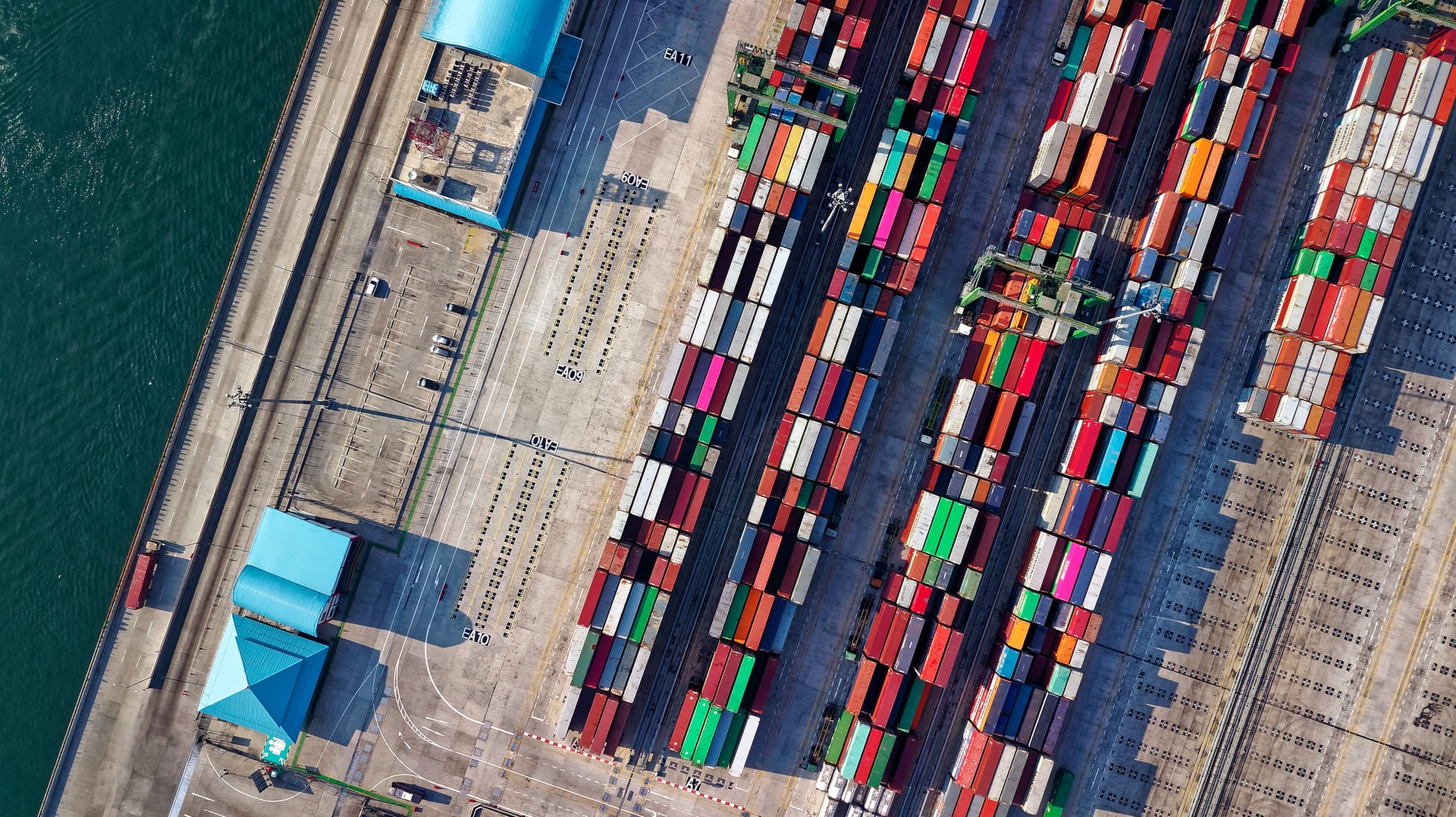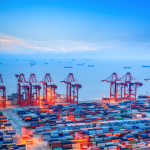Fun Facts About Containers and Container Ships
This is a guest post by Alan Porter.
When trying to understand how the modern world economy works, you cannot help but appreciate the role of shipping containers. The only way in which one company could gather raw materials in one country, convert those materials into products in a second country, and then sell said products in a third is by clever use of shipping containers. So we will use this article to take a step back and give you a couple of fun facts about containers and container ships.

Top Fun Facts About Containers and Container Ships
The more you look into containers and container ships, the more you will learn just how interesting they can be. From the variety of modern uses to the changes brought by industry needs, containers have quite a few stories to tell. So if what you read here seems interesting, don’t shy away from doing further research into this often underappreciated subject.
Variety of Containers
If you base your knowledge of containers on what you see in movies and TV shows, you might believe that there are only 20′ shipping containers. And while they are the most common, they aren’t the only ones. Apart from them you also have:
- Both 10′ and 40′ containers
- Containers with open tops or sides – This allows for easier loading and transporting of extra-long items
- Liquid containers
- Insulated containers – If you need to transport perishable goods, you can hardly rely on a standard container to keep them safe. Insulated or climate-controlled containers are often necessary for safe, long-distance shipping
- Swap body containers – These containers have a convertible top
The Size of Container Ships
While we all know that container ships are by no means small, people often underestimate how big they can get. Keep in mind that these ships need to transport thousands of shipping containers, not to mention all the extra cargo necessary to keep those containers safe. Some of the largest container ships include:
- Ever Ace – 23,999 TEU (TEU stands for Twenty-foot Equivalent Unit. Simply put, this is the number of 20′ containers the ship can transport).
- HMM Algeciras – 23,964 TEU
- MSC Gülsün – 23,756 TEU
Variety of Uses for Containers
If you were to ask someone, “What are containers used for?” they would likely answer you, “For shipping.” While this is their primary use, it is also worth noting that people use containers for many different purposes. Because they are sturdy, spacious, and easy to maintain, shipping containers found use as:
- Equipment storage.
- Construction site storage.
- Makeshift offices.
There are many other uses as well. If you need to handle a difficult relocation, the moving crew at ccmover.com suggests using a shipping container as temporary storage.
Almost All Shipping Containers Come from China
While shipping containers have worldwide use, it is worth noting that over 95% of containers are made in China. Due to a relatively cheap labor force and a stronghold on the container industry, China is firmly standing as the leading producer of shipping containers.
We Made the First Container in 1956
While shipping containers seem like a relatively modern invention, we are slowly reaching their 70th anniversary. In 1956, Malcolm McLean created the first standard shipping container. Although, if you take a closer look at logistics’ history, you will find that most advancements in the shipping industry were pushed by military needs.
Not All Containers Are Interchangeable
The variety of uses for shipping containers might give you the impression that every container can pretty much ship any item. While this can be true for some, it is definitely not the case for all containers. Namely, if we were to use a container for shipping food supplies, food shipping becomes its only use. Chemical contamination is a big concern to shipping companies and organic goods manufacturers. And the easiest way to avoid contamination is to have designated containers for specific use. Imagine the potential harm of first transporting dangerous chemicals and then transporting food items. Even a trace could spoil the entire shipment.
We Ship Plenty of Empty Containers
You would think that in the modern era of high-tech logistics and AI-assisted planning, we would be able to maximize the efficiency of shipping. But, in actuality, modern shipping can still be surprisingly inefficient. A clear example of this is that we still ship a decent number of empty containers on a regular basis. An imbalance in export/import needs usually facilitates the need for empty containers. So while some are due to poor planning, others are simply a product of necessity.
Thousands of Containers Get Lost Every Year
Even with top-notch technology and modern shipping equipment, it is still impossible to ensure 100% safety of containers, especially when it comes to overseas shipping. Bad weather and rough waters make shipping difficult even for experienced crew members. Although some estimates vary, it is still safe to say that thousands get lost to the ocean depths. In fact, no matter whose estimate you look at, over a thousand containers are lost per year.
Shipping Containers Can Float
With the previous fact in mind, you might believe that shipping containers sink the moment they hit the water. In actuality, most of them float for quite a while. Containers are filled with air and are usually quite tightly sealed. So even if they are not entirely waterproof, it will still take water quite a while to seep in. How long it will take for a container to sink is based on the type of cargo and the quality of the seal. But you’d be surprised at how long some containers managed to stay afloat.
Container City
The last of the fun facts about containers and container ships that we’ll mention is that there is a city in Mexico that is entirely based around shipping containers. The people of Cholula use shipping containers to create space for shops, restaurants, and other facilities. They also place containers in a planned way so that they have streets and courtyards. This repurposing of containers shows how useful they can be and how creative people can get when using them.

This was a guest post by Alan Porter.
Author Bio:
Alan Porter worked as a logistics specialist for over 15 years. He now mainly works as a consultant and writes helpful articles about logistics and shipping in general.




